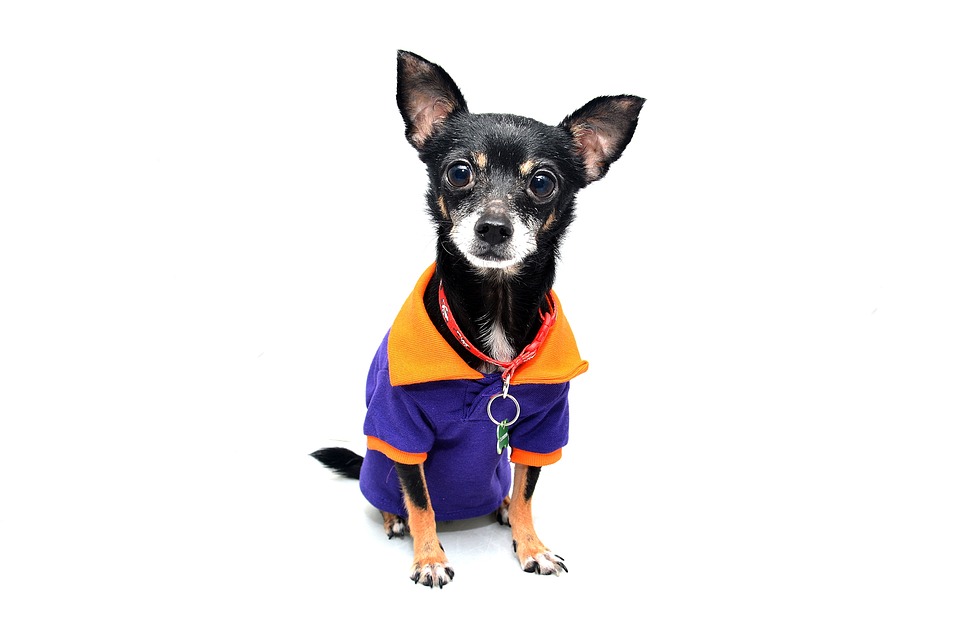Car rides can be a source of anxiety and stress for many dogs. However, with proper training and positive reinforcement, you can teach your furry friend to stay calm and enjoy the journey. In this article, we will discuss effective techniques to train dogs for car rides, providing them with a safe and comfortable experience.
Understanding Canine Anxiety:
Dogs are creatures of habit and may feel anxious when exposed to unfamiliar environments, such as cars. Separation anxiety, motion sickness, fear of confinement, or past negative experiences can contribute to car anxiety in dogs.
Preparing Your Dog for Car Rides:
To prepare your dog for car rides, it is essential to start with gradual exposure. Begin by introducing your dog to the car in a positive and calm manner. Start with short, non-moving sessions inside the car, gradually increasing the duration. Provide treats, toys, or familiar scents to create a positive association with the car.
Conditioning is also crucial in training dogs for car rides. Associate the car with positive experiences by offering rewards, praise, and treats during car-related activities. Create a safe and comfortable space for your dog in the car using a cozy blanket or a crate.
Using Desensitization Techniques:
Desensitization is a technique that involves gradually exposing your dog to car rides. Start with short trips to enjoyable destinations and increase the duration and distance gradually, ensuring your dog remains calm and comfortable throughout the ride.
Counterconditioning is another effective technique. Pair car rides with pleasurable experiences such as short walks, playtime, or treats. Reward your dog’s calm behavior during the ride, reinforcing the positive association with car travel.
Practical Tips for Calm Car Rides:
Maintaining a calm environment inside the car is essential. Keep the car windows closed to reduce external stimuli that may trigger anxiety. Playing soothing music or using pheromone sprays can also create a calm atmosphere.
Exercise and bathroom breaks are crucial before and after car rides. Ensure your dog receives sufficient exercise before a car ride to release excess energy. Schedule bathroom breaks to minimize discomfort.
FAQs (Frequently Asked Questions):
Q1: How can I help my dog overcome motion sickness during car rides?
A: Gradually acclimate your dog to car rides while offering treats and keeping the trips short. Consult your veterinarian for potential motion sickness remedies.
Q2: Can I use sedatives to calm my dog during car rides?
A: It is best to avoid sedatives unless prescribed by a veterinarian. They may mask underlying issues and can have side effects. Training and positive reinforcement are more effective in the long run.
Q3: What if my dog continues to exhibit anxiety during car rides?
A: Consult a professional dog trainer or behaviorist who specializes in anxiety-related issues. They can provide tailored guidance and strategies to help your dog overcome car anxiety.
Conclusion:
Training your dog to stay calm during car rides requires patience, consistency, and positive reinforcement. By gradually exposing your furry companion to car travel and creating positive associations, you can help alleviate their anxiety and ensure enjoyable journeys together. Remember, each dog is unique, so be flexible in your approach and seek professional help if needed. Happy travels!









